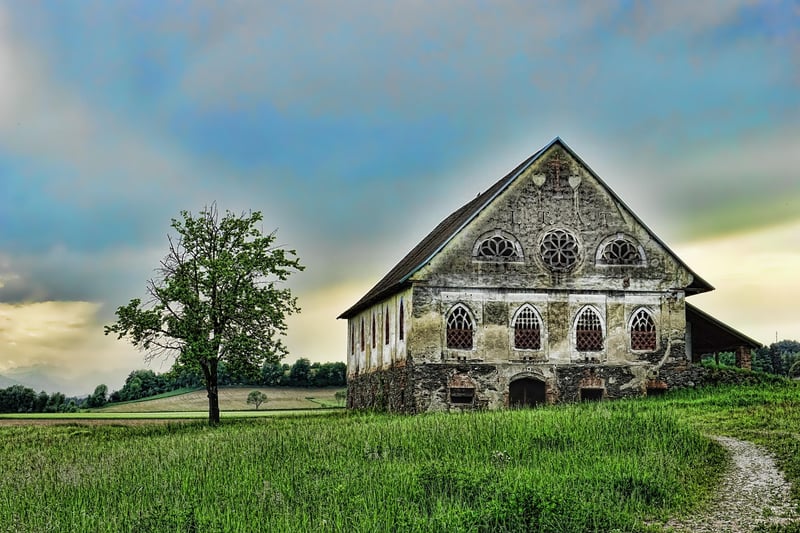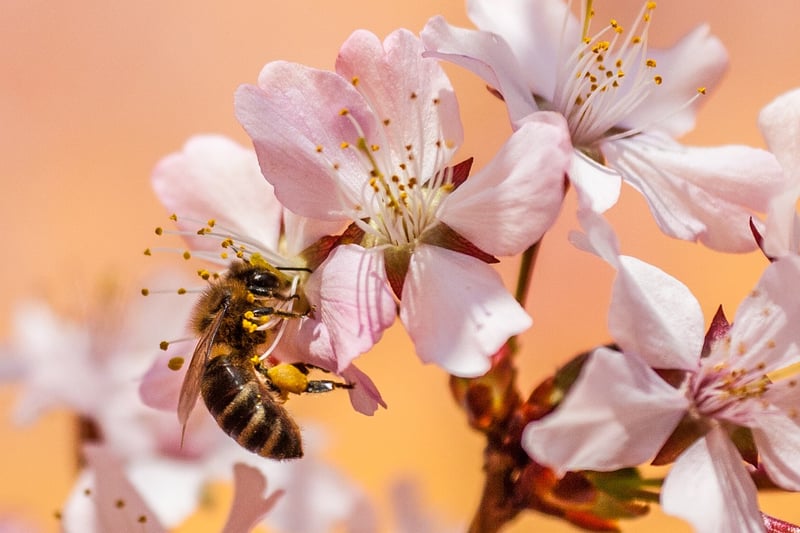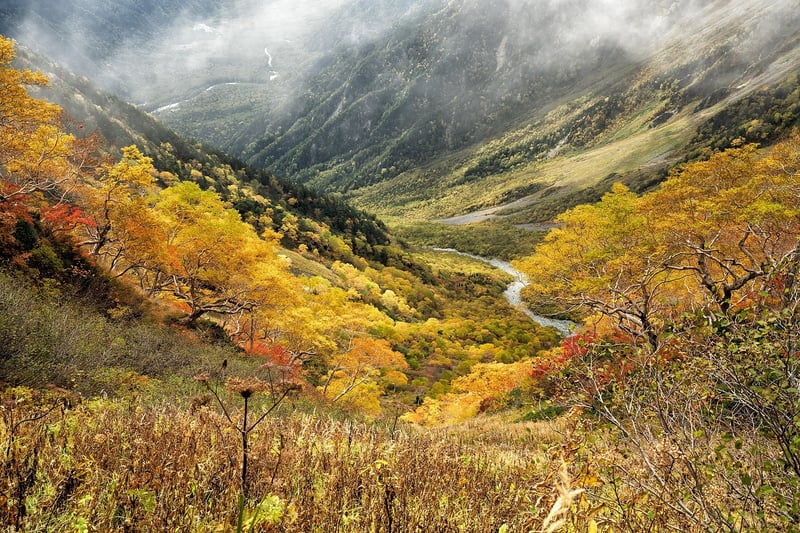Pollinator Zones
Creating Habitats for Urban Fauna + Pollinator Zones
Introduction
Urban areas are often seen as concrete jungles devoid of wildlife, but with a little effort, you can transform your surroundings into thriving habitats for urban fauna. In this article, we will explore how you can create welcoming spaces for wildlife, particularly pollinators, in urban settings.
Why Create Urban Habitats?
Urban habitats provide essential refuges for wildlife amidst the concrete landscape. By creating these habitats, you can help support biodiversity, improve air quality, and enhance the overall well-being of your community.
Tips for Creating Urban Habitats
- Plant Native Species: Choose plants that are native to your region as they provide food and shelter for local wildlife.
- Create Water Sources: Install bird baths, ponds, or small water features to attract birds and insects.
- Provide Shelter: Incorporate bird boxes, bee hotels, or bat boxes to offer safe spaces for nesting and roosting.
- Minimize Chemical Use: Avoid pesticides and herbicides to protect the health of wildlife.
- Leave Wild Areas: Allow parts of your garden to grow wild to create natural habitats for insects and small mammals.
Pollinator Zones
Pollinators such as bees, butterflies, and hummingbirds play a crucial role in our ecosystem by pollinating plants. Creating pollinator zones in urban areas can help support these vital species.
Plants for Pollinator Zones
- Lavender
- Sunflowers
- Coneflowers
- Butterfly Bush
- Wild Bergamot
Benefits of Pollinator Zones
By planting pollinator-friendly plants, you can attract a diverse range of pollinators, improve crop yields, and enhance the beauty of your surroundings.
Conclusion
Creating habitats for urban fauna and establishing pollinator zones are rewarding ways to connect with nature and contribute to the well-being of the environment. Start small with a few native plants and gradually expand your urban oasis to welcome a variety of wildlife species. Together, we can make our cities greener and more wildlife-friendly!



